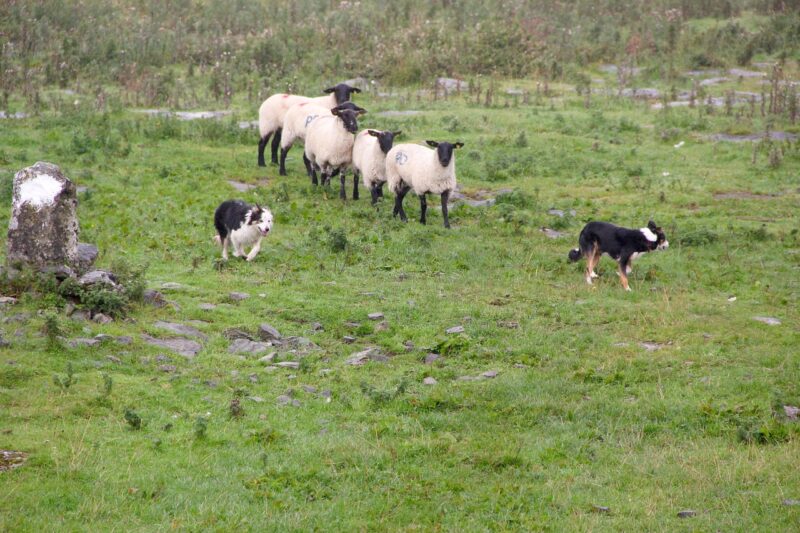The Most Peculiar Animal Behaviors Ever Observed and What They Teach Us About Nature
November 17, 2024

Nature is an endless source of wonder and intrigue, with countless species exhibiting behaviors that can leave us baffled. From the unusual to the extraordinary, animals throughout the natural world have developed unique adaptations that serve specific purposes in their survival and reproduction. In this article, we will explore some of the most peculiar animal behaviors ever observed and delve into the lessons these behaviors impart about the complexities of nature.
1. The Mating Dance of the Bird of Paradise
One of the most striking examples of peculiar animal behavior is exhibited by the male bird of paradise during its mating ritual. These birds, native to New Guinea and the surrounding islands, are known for their vibrant plumage and elaborate courtship displays. The males perform intricate dances, showcasing their dazzling feathers to attract females. Their performances can include a combination of acrobatics, vocalizations, and creative use of the environment, such as dancing on branches or on the ground while displaying their colorful plumage.
This behavior teaches us about the role of sexual selection in evolution—whereby traits that are attractive to the opposite sex become more prominent in a species over generations. The bird’s flamboyant display is not just for show; it signals to the female that the male is healthy, energetic, and has good genes to pass on.
2. The Cooperative Hunting of Dolphins
Dolphins are renowned for their intelligence and social structures. One fascinating behavior observed in certain dolphin species is cooperative hunting. Pods of dolphins work together to herd fish into tight groups, making it easier for them to catch prey. This intricate teamwork can be likened to a well-coordinated attack strategy where each member of the pod plays a specific role.
For instance, some dolphins may use a technique called ‘bubble-net feeding,’ where they create a ring of bubbles that traps fish while others come in for the kill. This behavior illustrates not only the cognitive abilities of dolphins but also highlights the importance of social cooperation and communication in the animal kingdom. It sheds light on how collaboration can lead to successful outcomes in challenging environments.
3. The Altruistic Behavior of Vampire Bats
Vampire bats, often feared for their feeding habits, display a surprisingly altruistic behavior that challenges our perceptions of nature. These bats, which feed on the blood of other animals, sometimes share their meals with fellow bats in their colony that have not successfully fed. This behavior is crucial for the survival of the colony, as it ensures that weaker individuals are not left to starve.
Research has shown that bats that receive food are more likely to return the favor in the future, illustrating a form of reciprocal altruism. This behavior teaches us about the complexity of social bonds in the animal world and how acts of kindness can be pivotal for community survival. It offers insights into the evolution of social behaviors across species, emphasizing that cooperation can sometimes outweigh competition.
4. The Ingenious Tool Use of Crows
Crows are among the most intelligent birds on the planet, famed for their remarkable problem-solving skills and tool-making abilities. Several species of crows have been observed using sticks, leaves, and even their own feathers as tools to extract insects from hard-to-reach places. One notable study showed New Caledonian crows creating tools from tree bark to reach grubs—a behavior previously thought to be unique to humans and a few primates.
This behavior not only highlights the cognitive abilities of crows but also emphasizes the significance of learning and environmental adaptation. It illustrates how resourcefulness can be a vital trait for survival, particularly in rapidly changing ecosystems. When exploring animal behaviors, the ability to innovate can be just as crucial as physical adaptations.
5. The Dance of the Honeybee
Honeybees are not only critical to our agricultural systems but also exhibit one of the most sophisticated forms of communication in the animal kingdom: the waggle dance. When foraging bees discover a rich source of nectar, they return to the hive and perform a dance that conveys information about the location of the food source. The dance includes movements that specify the direction and distance of the flower patches relative to the sun.
This behavior teaches us about the intricate social structures of bees and how communication is essential for survival in a colony. The waggle dance exemplifies the importance of sharing knowledge and experience for the benefit of the entire community, reinforcing how connectedness is key to thriving in any social structure, whether human or animal.
6. The Defense Mechanisms of the Pufferfish
Pufferfish are perhaps best known for their unique defensive mechanism: inflating their bodies to several times their normal size. When threatened by predators, they gulp water (or air) into their stomachs, causing them to swell into a spiky ball that is harder to swallow. Many species also produce toxins that make them poisonous, adding an extra layer of defense.
This peculiar behavior serves as a fascinating reminder of how creatures evolve specific strategies to protect themselves from harm. It teaches us about the clever adaptations of animals in the face of danger and the vast array of survival tactics in the animal kingdom. The pufferfish’s defense is not merely a reaction; it is a well-honed survival skill developed to navigate the complexities of their underwater environment.
Conclusion
The world of animal behavior is filled with peculiarities that can captivate our imagination and deepen our understanding of nature. From the sophisticated social structures of dolphins to the ingenious tool use by crows, these behaviors remind us of the incredible adaptability and resilience of the animal kingdom. Each unique behavior carries lessons about survival, cooperation, and communication, offering a glimpse into the intricate tapestry of life on our planet.
As we continue to observe and study these fascinating creatures, we uncover not only the mysteries of their existence but also insights that can guide humanity in its own quest for understanding and adapting to the challenges of our environment.







